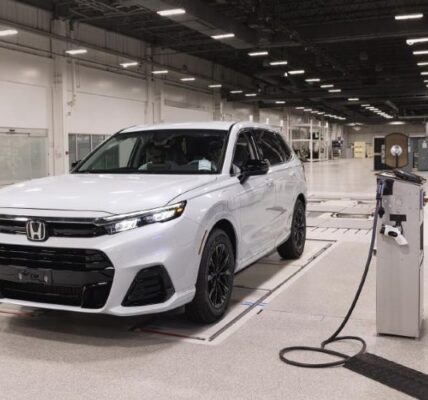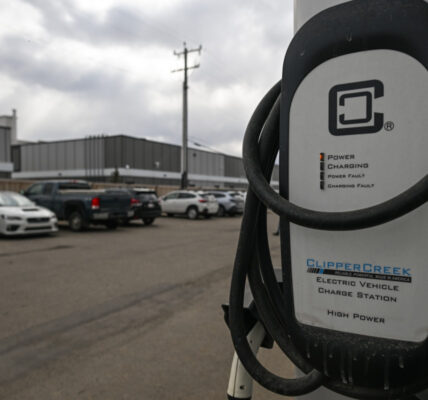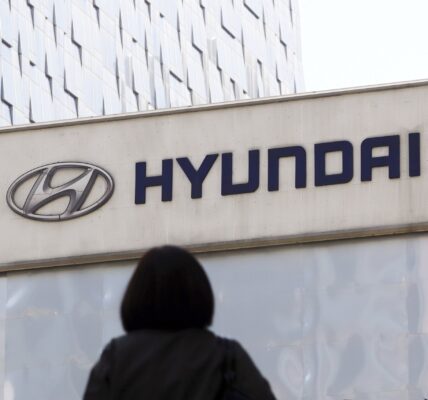Japanese carmaker Mazda has announced that it will be adopting Tesla’s North American Charging Standard for its upcoming battery electric vehicles. Mazda’s EVs that would be equipped with Tesla’s NACS standard are expected to be launched in North America from 2025 onward. Mazda announced its NACS adoption in a press release. As noted by the automaker, the company’s adoption of NACS would provide its customers with a broader range of charging options.
It would also provide drivers of Mazda battery electric vehicles (BEVs) with a reliable and expansive network of over 15,000 Superchargers in North America. Mazda’s electric vehicle strategy in the United States has been unsuccessful so far. The automaker attempted to enter the US’ EV segment with the MX-30, which only saw 181 units sold in 2021 and 324 units sold in 2022. By July 2023, Mazda announced that the all-electric crossover was being taken off the United States market after its 2023 model year.
While the MX-30 featured many characteristics that are liked about Mazda’s vehicles, the all-electric crossover suffered from a small 35.5 kWh battery and an unimpressive 100-mile EPA range rating. Its MSRP of $35,385 after destination charges also meant that the MX-30 was immediately outclassed by the Chevy Bolt EUV as an affordable electric car. By October 2023, reports emerged stating that Mazda was poised to re-enter the US electric vehicle market as early as 2025.
By December 2023, Mazda CEO CEO Masahiro Moro noted that the company is planning to debut about seven to eight new electric cars by 2030. Moro cited uncertainties in the demand for EVs as a reason behind Mazda’s conservative electric car rollout. “One of the big issues for us is demand is uncertain. In the current market, the reality for electrification, in particular for battery EVs, is the pace is not that high.
So, we may start a little slower in terms of the ramp-up. Not necessarily in terms of timing but the ramp-up. That is why I call us an intentional follower on EVs,” Moro said.








